Advanced Study
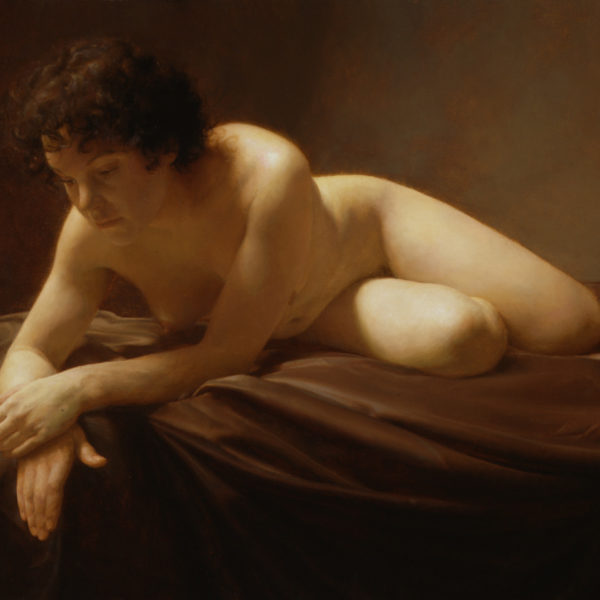
Following a year of drawing and a year of painting, the Third Year offers students the opportunity to delve more deeply into figure painting with a continuing emphasis on figure structure drawing. While long poses continue all year, afternoons in the second half of the year are devoted to a 5-part series of 8-week professional development modules in still life painting, figure sculpture, landscape painting, long pose portrait painting, and multi-figure composition painting.
In the fourth year, students focus on portrait and figure composition painting and choose a professional focus, developing year-long special projects with instruction in one or more of the following areas: portrait composition, figure composition, still life, landscape, or sculpture.
Fall Semester: September through January
Spring Semester: February through May
Morning Class Hours: 8:30 to 12:30pm
Afternoon Class Hours: 1– 5pm
Mid-year Individual Critiques – January
End-of-Year Individual Critiques – May
Third Year Nine-Month Study Schedule

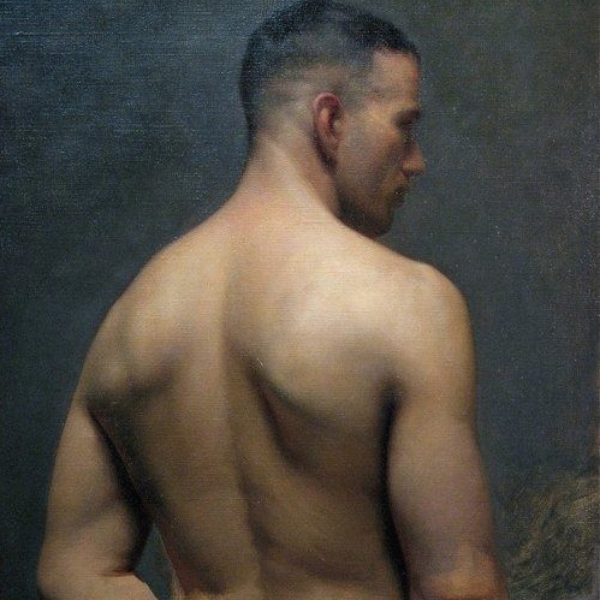
Long Pose Figure Painting
Students learn to synthesize the procedures, techniques and experience gained in the Painting Year as they paint the figure in full color. Artists learn to modulate the properties of hue, value and chroma from the graphite block-in to value and color studies, ebauche under-painting, and the ultimate, highly resolved finishing pass. This third year is unique in that the student will have more concentrated (longer hours) time with the model. There will also be an opportunity for students to attempt painting the figure in the environment. This will inevitably challenge the student to think about perspective, composition and large tone families. This picture making challenge will aid the student in understanding further the importance of composition and a grand tonal harmony.

Portrait Sketch
Each day will bring a new pose, building towards painting convincing and lifelike portrait sketches. Students will approach the portrait sketch through a series of steps beginning with portrait drawing in pencil, then grisaille and finally using a full color palette. There will be an emphasis on drawing throughout, discussing concepts of flat shape block-in, anatomy, structure and perspective as they relate to the portrait. Paint handling and color mixing will be discussed. Portrait sketching builds confidence in the students ability to grasp a likeness of the model, lay paint down broadly and finally understand color and flesh tone.
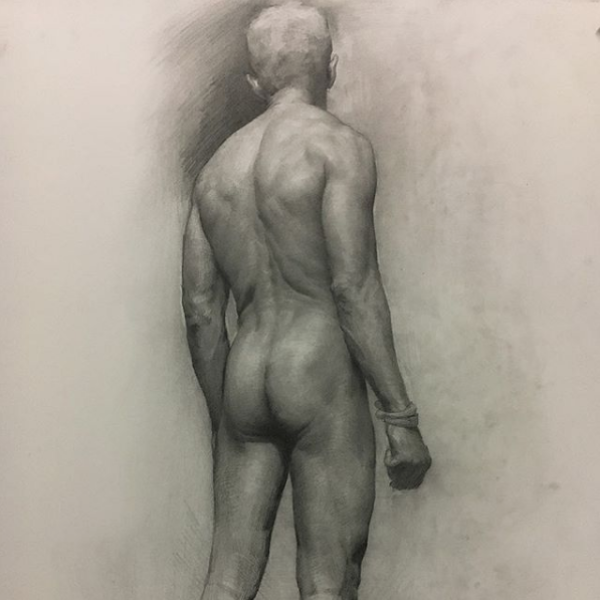
Figure Structure Drawing
With an emphasis on accurate observation, artists will improve their understanding of the figure by incorporating the use of the skeleton, plaster casts (écorché), and master drawings into their life studies. Each artist will learn to complete a carefully rendered drawing from the live model, followed by a companion anatomical/structure drawing of the same pose. Instructors will dissect the pose from each position, illustrating anatomical landmarks, proportional systems, and structural conventions with the aid of masterworks from the Renaissance through Beaux-Arts. By developing their drawings alongside 2-D écorchés, artists will develop a conceptual understanding of the body that may be applied to observational drawing as well as studies from memory and imagination.
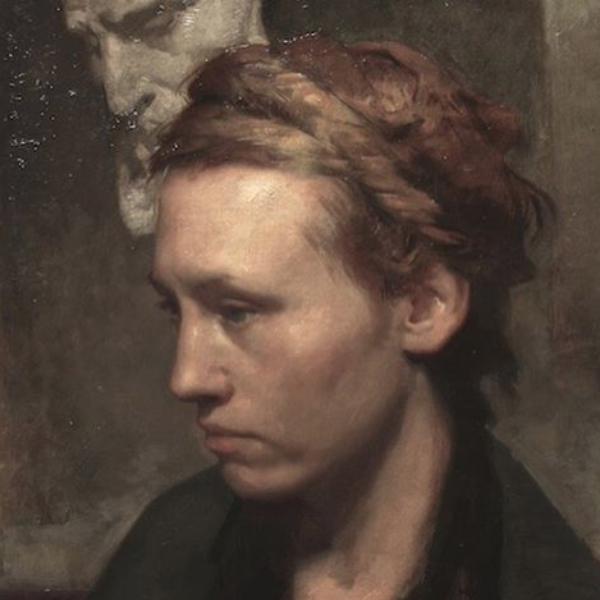
Long Pose Portrait Composition
In this 8 week class artists will develop a fully composed portrait composition. Starting with old master paintings for inspiration, a delegate artist will set the scene with model, costume, surroundings, etc. There will be an emphasis on creating harmony and a sense of place throughout the scene. Artists will develop compositional studies, value studies, and color studies to aid the composition. The final painting will be done from the live model with the aid of these studies. Time with the costume on a mannequin will be allotted at the end to complete the painting. Learning to edit ideas and choose shapes, colors, and textures that create harmony and balance will be an essential part of this 8 week course.

Figure Composition
In this 8-week course students will be given the opportunity to create a fully complete composition with the nude figure as the main subject. Our goal is to bring to light the many factors that come in to play when relating the figure to a constructed space. We will begin with small thumbnail sketches in ink wash to lay out the overall value hierarchy and focus of the painting. The necessary references will be collected that may include drapery, still life objects or landscape studies. Any slight alterations to the pose must be studied at length with multiple drawings and color studies. Discussions of color design and perspective will be applied specific to each composition. These thorough preparations will prevent problems from arising during the painting process. The model will be used through the entire two-month painting process.
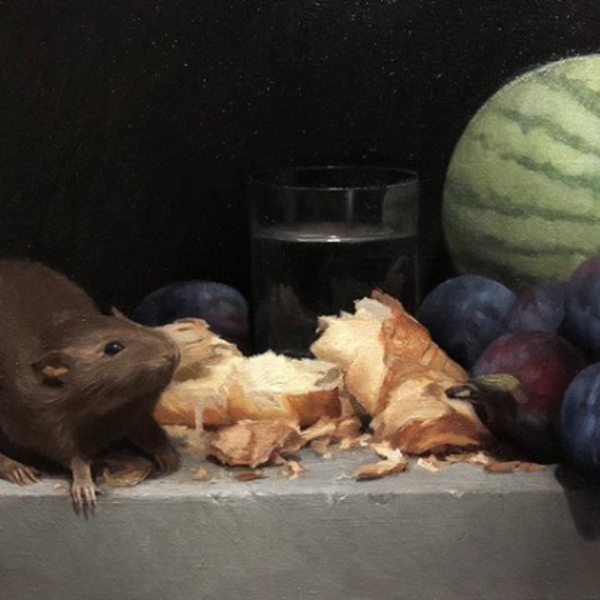
Still Life Painting
Still Life painting can be defined as “the depiction of inanimate objects for the sake of their qualities of form, color, texture, and composition.” This course will look at the history of the genre from its origins all the way up to its modern form. Artists will compose and paint a series of relatively small, simple still lifes for the sake of developing the fundamentals of drawing, light, color, composition and concept. The scope of the course will begin small and simply but will gradually incorporate additional components that pertain to the genre (ie. composition, convention, historical painting techniques). The first project will be painting a piece/pieces of produce in an environment. The goal being to make a finished work without overburdening ourselves with composition. This will be followed by a slightly more complex arrangement where composition will be considered in a more thorough manner along with a greater variety of materials. The final month will be spent making a more ambitious work that puts all the pieces together.
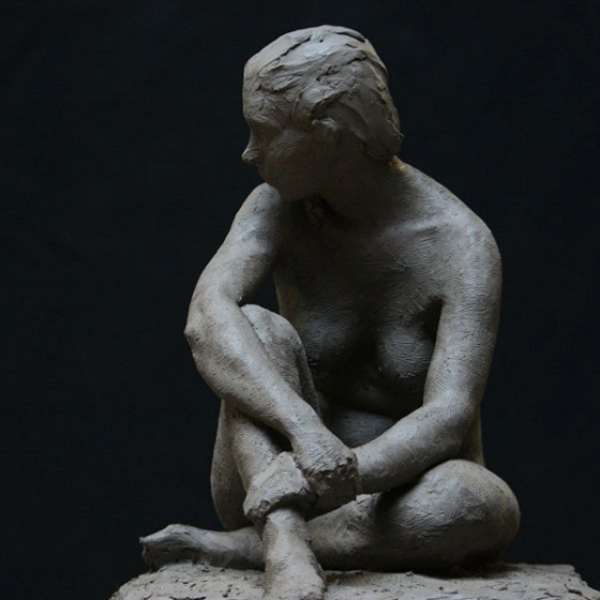
Figure Sculpture
In the 8 weeks, we will do 3 week-long sketches, and one final 5-week pose. In the first short pose, the class will familiarize themselves with basic sculpture techniques and concepts, while learning how to use an armature and clay modeling tools. For the second two poses, we will focus on the large structural masses of the body, and how they move together- sculpting a “kinetic gesture” a pose the model can move through, but not hold. This will force an understanding of the structural relationships in a three dimensional way, since contour copying is no longer possible. The students will not be able to rely on the 2-dimensional shape-finding method taught in drawing and so will learn how to construct form in 3-dimensions using the model to inform their conceptualization of the gesture.
For the final five weeks, we will develop the ability to process form information in a 3-dimensional way through a long pose that will allow the students to take a sculpture to completion. Students will develop a deeper understanding of what structural anatomy looks like in three dimensions and learn finishing techniques for clay, while refining the concepts learned in the previous weeks.
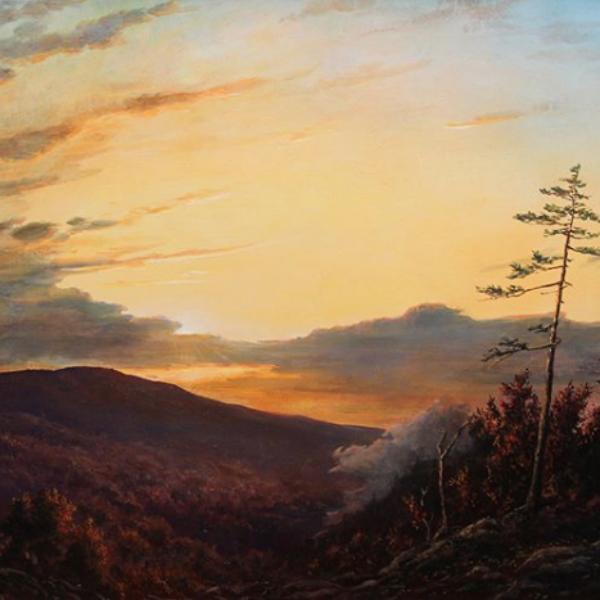
Landscape by Design
Students will learn to complete a studio landscape painting in seven weeks. Our subject is Central Park. We will begin by creating field studies in graphite and oil. These studies will emphasize careful drawing, remaining faithful the character of Central Park’s natural terrain. We then bring our studies into the studio and dedicate the next week to an esquisse and final ink wash drawing. Discussions this week will revolve around design and examination of the great French, Dutch and American landscape painters. Final designs will be carefully developed in grisaille on canvas or board. The remaining weeks will be focused on color. We will progress through a layered approach beginning with the sky and moving forward. Discussions will include paint application, color harmony, atmospheric perspective and glazing techniques. Our goal for this course will be to provide artists with the methods and skills necessary to create their own great paintings inspired equally by the past and present world.
